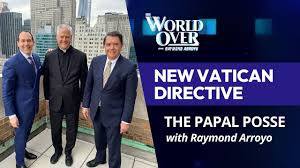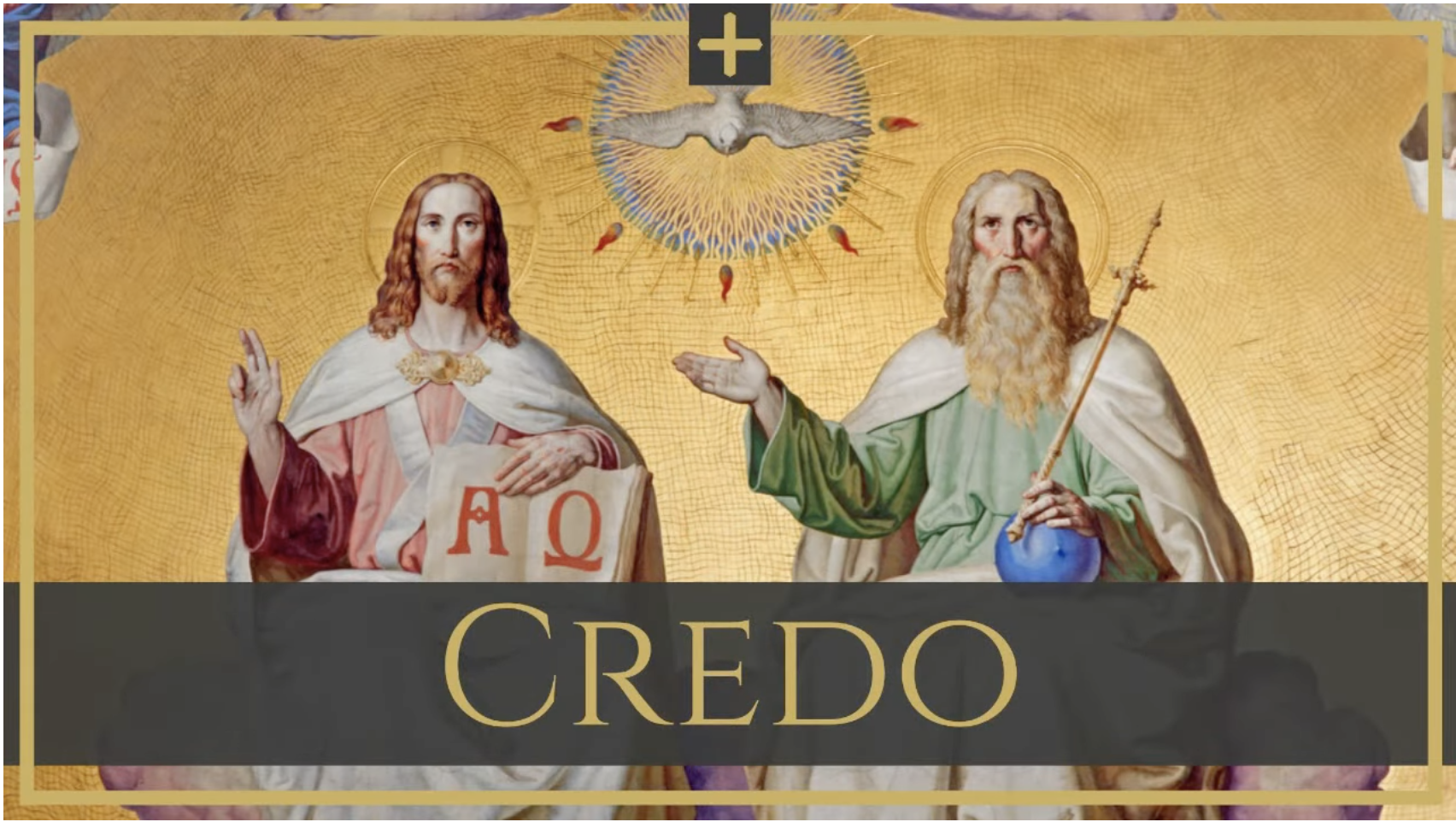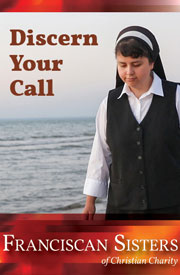The responses to my recent column on Richard Dawkins’ challenge to the Catholic doctrine of transubstantiation were amazing, if not surprising. One reason for the sheer number of comments was that Richard Dawkins’ web site linked to my column soon after it appeared. There was a strong reaction on that site, too, and some of the commentators crossed over to write here.
My original column was an examination of issues far broader than transubstantiation. In the short space of a column, I certainly could not offer a full analysis of Catholic doctrine. Today I want to emphasize, or perhaps re-emphasize, a few salient points to help, I hope, calm the waters of cyberspace – but also to bring greater clarity to an often badly framed debate.
That the bread and wine at Mass become the body and blood of Christ, that Christ is really present under the external forms of bread and wine, is a matter of faith for Catholics.Faith in the real presence has its source in an interpretation of Biblical accounts of the Last Supper: an interpretation made official, as it were, in the Fourth Lateran Council (1215) and the Council of Trent (1545-63).
The doctrine of transubstantiation is a making clear what is believed. It is not a proof of the real presence of Christ. In fact, a proof is not possible. It would be an error in both reason and faith to claim otherwise. Several central elements of Christian belief – for example, the Trinity and the divinity of Christ – cannot be known to be true by reason. Theologians, using philosophy, seek to explain these truths of faith.
Such explanations are examples of the general Catholic commitment to the complementarity of reason and faith, rooted in the view that a conflict is not possible between what faith reveals and reason discloses. For a believer, after all, God is the author of all truth – of both reason and faith. Conflicts arise (and indeed they do) when mistakes are made in either or both realms.
Some will already object that I have spoken of the “truth of faith,” an appeal which they would reject from the start. But they ought not find it strange that Christians think faith is a source of real knowledge about God and the world.
For Catholics, making belief intelligible means operating in the domains of the natural sciences, philosophy, and theology. To entertain arguments for the intelligibility of what is believed, even to try to refute such arguments, you have to grant that there are disciplines in addition to the natural sciences that provide access to reality. If you think that philosophy and theology contain only opinions, and unsubstantiated ones at that, then that very claim needs to be resolved before we can examine any argument for the intelligibility of a specific belief such as transubstantiation.

The Last Supper by Carl Bloch (1876)
It’s literally impossible to argue philosophically (about substance, accident, matter, body, change, etc.) with someone who refuses to accept the first principles of philosophy, or who reduces all first principles to the natural sciences. Since these principles are “first,” they are prior to and not the result of a proof. Hence, arguments about them can often be frustrating. As Aristotle observed: if you choke on water with what do you wash it down?
To say that what is believed, because it is a belief, cannot in principle be made intelligible, is to make a philosophical claim that needs to be examined. To reject claims of faith because they do not originate in what science tells us is to embrace the unwarranted assumption that only science leads us to truth. Behind this assumption lies another that needlessly limits what is real to the material and empirically verifiable.
It’s true that even if you grant that it is possible to make intelligible what is believed, it does not follow that any particular proposal (for example, transubstantiation) actually succeeds. This requires separate analysis and there have been lively debates among believers over the centuries about how to understand the real presence.
Many comments on my earlier column involved confusion about key terms. I have written elsewhere on the conclusions about “nothing” Lawrence Krauss draws from his cosmology. Just as different senses of “nothing” in cosmology require us to understand the vocabulary proper to physics, so too, analyses of claims in philosophy and theology about topics such as Christ’s “body” and “real presence” require careful attention to the vocabulary proper to these disciplines.
Errors abound in the natural sciences, philosophy, and theology when we are misled by “univocal predication,” that is, thinking that the words we use, even simple ones, have only one sense. An example: A dog knows its master. A man knows which dog is his. God knows the people He creates. We rightly use “to know” in all three instances, but in each case it means something at once alike but quite different from the others. The meaning is analogical.
An important function of philosophy is to help us to understand better how analogy works, to see, for example, that Christ’s body, really present in the Eucharist, has a special sense. Again, if you think that philosophy and theology are mythical edifices, then the vocabulary they employ becomes vacuous, a kind of linguistic nothingness. Among other things, my previous column tried to raise these broader issues, to show what topics must be addressed before others can be tackled.
Arguments require commonly accepted starting points if they are not to be mere shouting matches. Those non-believers who disparage philosophy and theology as only “word games,” or who think that religious faith cannot be a source of truth, have an obligation to think about the philosophical assumptions that undergird their claim.
Much of the controversy about transubstantiation and Richard Dawkins has proceeded from a lack of attention to the assumptions behind the discussion.














